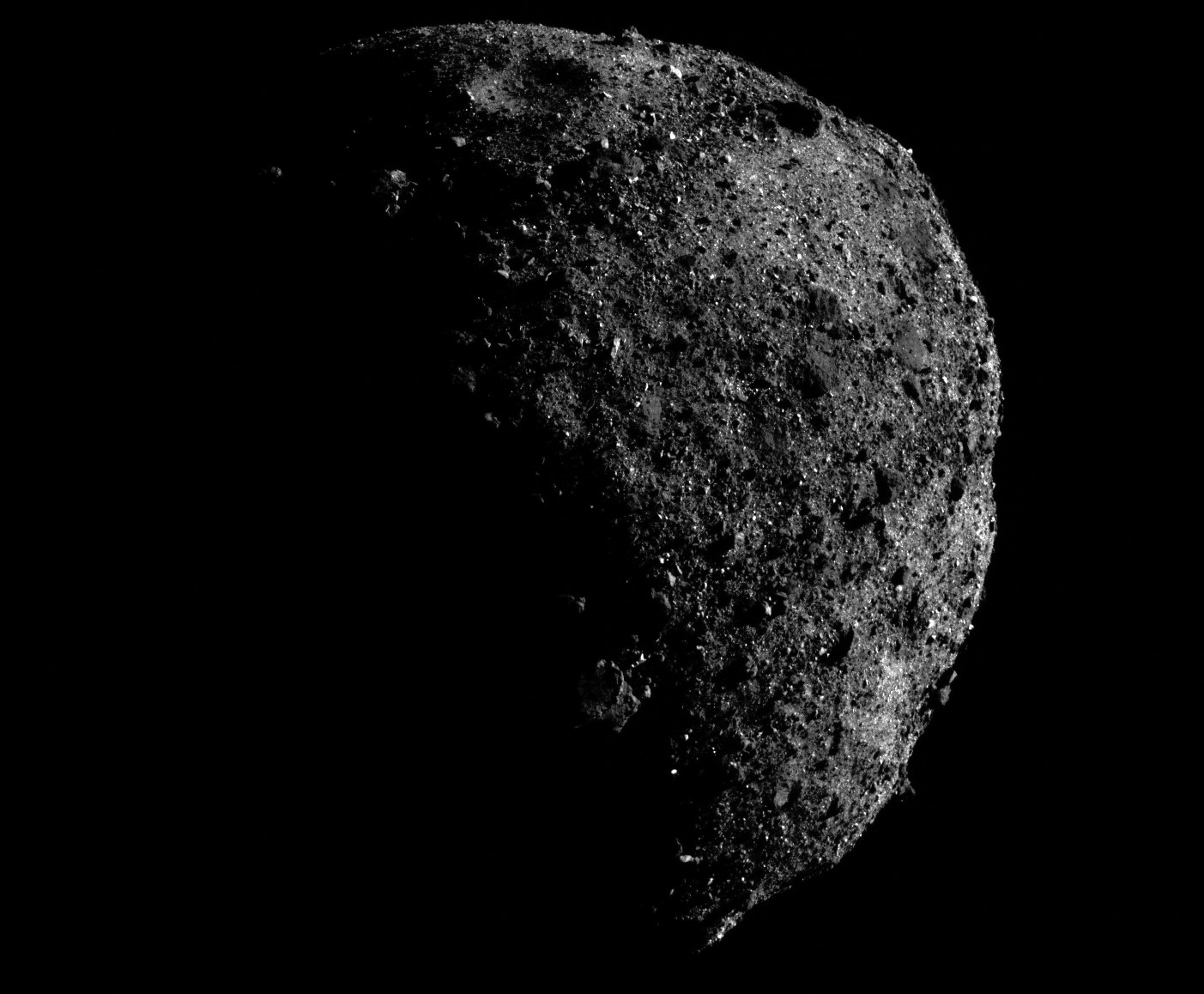According to an astronomer's estimates, it would take at least five years to try to prevent an asteroid from hitting Earth. Others, more pessimistic, evoke at least ten years. But do we even have the means to save time?
A few weeks ago, the Center for Near Earth Object Studies at NASA's Jet Propulsion Laboratory completed a project to simulate an asteroid impact scenario. The aim of this work, which takes place every two years, is to work in groups on the anticipation of a possible impact by reacting to evolving situations.
For this year, researchers had to deal with an asteroid named “2021 PDC” discovered on April 19, 2021 at 57 million km from Earth. Its closest approach was expected to be on October 20, 2021, just six months after its detection. The result:much of central Europe was destroyed.
The simulation was thankfully fictional, but it taught us a difficult lesson:if a similar asteroid were to truly threaten Earth, no existing technology could prevent it to hit us in such a short period of time. A question then arises:how much time should we have in front of us to prepare?
"Five years is the minimum “, announces Paul Chodas, one of the leaders of the simulation. And again, the researcher is one of the optimists. MIT astronomer Richard Binzel is much less so, citing at least a decade of preparation. "Time is the most valuable commodity you could want if you're facing a real asteroid threat “, explains the researcher to Business Insider.
In the recent NASA simulation, participants only learned about the size of the fictional asteroid about a week before it landed on Earth. However, a rock of thirty-five meters does not cause as much damage as an asteroid of five hundred meters. While the first could explode in the atmosphere, the second could indeed decimate an entire city.
So a quick identification could change everything insofar as astronomers would have more time to understand the nature of the threat (size, speed, trajectory). Armed with this information, defenses could then be deployed accordingly.
To save time, increased and effective surveillance of the sky is therefore essential. In this sense, progress has been made, but there is still work to do.
In 2005, the US Congress had indeed asked NASA to identify and track 90% of all near-Earth objects at least 140 meters wide in the Solar System internal. Two years ago, the agency said it unearthed about 40% of an estimated 25,000 objects of this size or more.

Regarding the means of defense, three options are possible. The first involves detonating an explosive device near an asteroid to break it up. The second is to fire lasers capable of heating the rock enough to change its orbital path. Finally, the third requires sending a spacecraft to crash into the asteroid, again in an attempt to alter its trajectory.
NASA and ESA are about to test this latest strategy on Dimorphos, a satellite of the asteroid Didymos. As part of a mission called DART (Double Asteroid Redirection Test), the two agencies will send a spacecraft to crash into Dimorphos in 2022. . ESA's Hera mission will then map the binary system a few years later to assess the success of this mission.
But again, developing any of these three options would take years . "Typically, it's a long, multi-year process to go from proposal to having a spacecraft on a launch vehicle, not to mention the fact that you still have to navigate to get to your destination and deflect the asteroid “, emphasizes Paul Chodas.
And even if we managed to change the trajectory of an asteroid, it would still take a year or two for its path around the sun to change enough to move it away from our planet.
You will understand that the best way to prepare for this type of attack is still monitoring efforts. In this sense, NASA is currently developing a mission, NEO Surveyor, aimed at tracking down the darkest asteroids by means of an infrared telescope sent into space. The launch of this mission is expected in 2026 .
In a few months, researchers will also be able to count on the support of the Vera C. Rubin Observatory, which will allow the discovery of thousands of new asteroids.